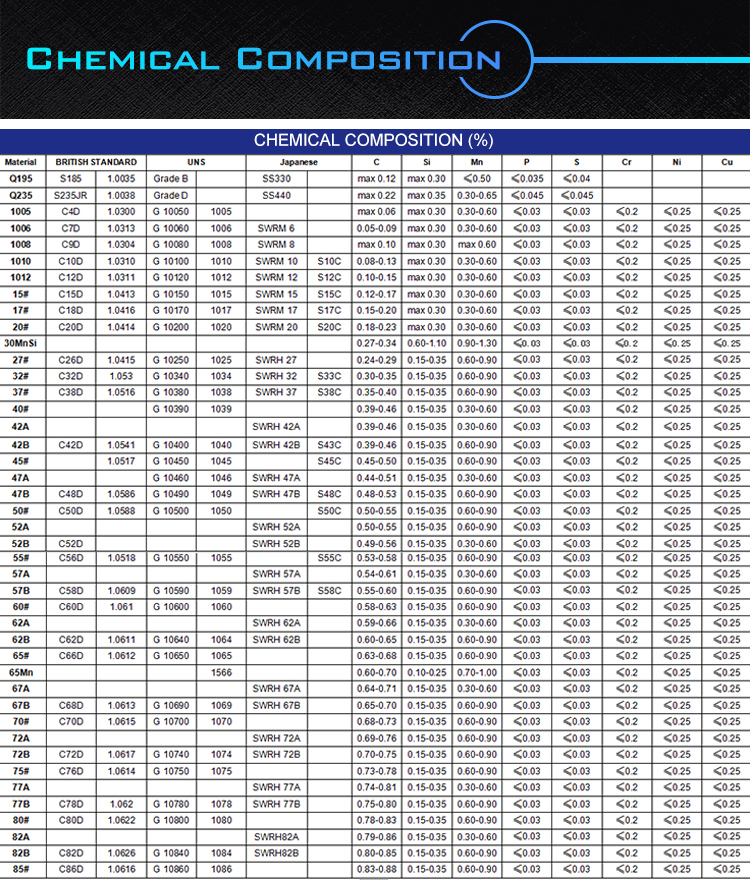What should I do to waterproof the roof of the house? Everyone knows that it is a lot of trouble to leak the roof of the house. In order to avoid such problems, it is necessary to pay attention to the waterproof work of the roof when decorating new houses. So, how to do roof waterproofing? This article introduces you to the construction process and steps, I hope to help everyone! How to make roof waterproofing Roof waterproofing phenomenon: The first problem: the joints between the new and old walls are cemented with 107 glued EP waterproofing membranes. The new and old walls should be glued to 30 cm or more, and the normal surface of the waterproof coils can be used as a surface layer. The second question: If you want to be divided into people or not on the roof, the roof of the master is much more complicated. It is recommended to make SBS waterproofing membrane, which is easier to operate. Roof waterproofing solution: Roof waterproofing solution Step 1: Roofing construction process Accept and leveling layer → clean the base layer → prepare cement binder → make additional layer → base layer construction → protective layer → curing. Before the coil is laid and bonded, the roof waterproofing membrane is pre-spreaded and straightened, then the two ends of the roof waterproofing membrane are rolled up, and the prepared cement adhesive is poured onto the base layer, and the scraper is evenly distributed. Scratch, then push the roof waterproofing material forward, and use the scraper to remove the air left inside the roof waterproofing membrane in time to scrape off excess adhesive. The bonding rate of roofing waterproofing membrane and screed layer is ≥85%. Step 2 of the roof waterproof solution: Coil indirect sewing practice (1) Roof waterproof joint construction: The steam barrier, waterproof layer and additional layer are all lap jointed and cemented with cement adhesive, with a width of 10cm. The additional layer seam is offset from the waterproof layer seam by more than 5 cm. (2) The roofing waterproofing membrane has a width of 8-10cm on the long side and 10-15cm on the short side. The adjacent short-side joints should be staggered by more than 100cm, and the angle between the wall and the ground is 30cm or more. Step 3 of the roof waterproof solution: Waterproof protective layer After the coil is pasted, the protective layer of 1:2.5 cement mortar with a thickness of 2cm shall be made on the waterproof layer, and the second layer shall be smeared twice. The second layer of the joint shall be staggered by more than 20cm. The protective layer shall be flat and sprinkled for maintenance. Roof waterproofing precautions: 1. It is forbidden to work below 5 °C or under rain. 2. If it is used in a particularly humid and ventilated environment, ventilation equipment should be used to accelerate the formation of the waterproof coating to avoid affecting the quality of the waterproof layer; 3. Do not mix the dried sand mortar with water and then use it; 4. Node processing is carried out in accordance with the relevant specifications, it is recommended to add a layer of fiberglass mesh; 5. Within 24 hours after the slurry is applied, it is necessary to prevent people from walking and cannot wear high-heeled shoes or spikes into the waterproof layer area. 6. The completed waterproof layer shall not be constructed or piled on the waterproof layer before the protective layer is applied, so as not to damage the waterproof layer; 7. After the waterproof layer is completely dried, it can be used as other covering layers; 8. Take protective measures, such as wearing gloves.
Product name: Steel Wire
Standards:
DIN 17223-1 Round Steel Wire for springs
DIN EN 10270-1 Steel Wire for Mechanical Springs
GB 3206-82 Carbon Constructional Quality Steel Wire
JIS G 3521-1991 Hard Drawn Steel Wire
GB 4357-89 Carbon Spring Steel Wire
YB/T 5220-93 Carbon Steel Wire For Non-Mechanical Springs
YB/T 5032-2006 Mild Steel Wire for Important Purposes.
ASTM A853-04 Standard Specification for steel wire, carbon, for General Use.
ASTM A227 Steel Wire, Cold-Drawn For Mechanical Springs
Diameter: 0.20mm-12.50mm
Usages: Mechanical Equipment, Engineering Vehicle, Motor Vehicle, Motorcycle, Accumulator Car, Bicycle, Fitness Equipment, Elevator, Steel Wire Screen, Mattress And Sofa, Umbrella Frame, Electronic Products, Motorcycle Spokes, Bicycle Spokes, Umbrella frame, compression spring, torsion spring, extension spring, agricultural machines, die springs, strip & wire forming springs,ect.
Material: SAE1006, SAE1008, SAE1010, Q195, Q235, 30#, 35#, 30Mn, 40#, 42A,SWRH 42B, 45#, 50#, 55#, 30MnSi, 62A,62B, 60, 65, 65Mn, 70, 75,72A, 72B, 77A, 77B, 80,82A, 82B
Black Steel Wire,Round Black Steel Wire,Free Cutting Black Steel Wire,Black Steel Wire For Nipple TAIXING HONGYE STEEL WIRE MANUFACTURING CO.,LTD , http://www.steeltr.com

How to make roof waterproofing